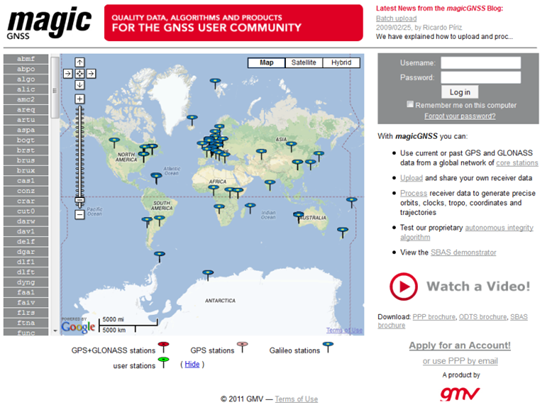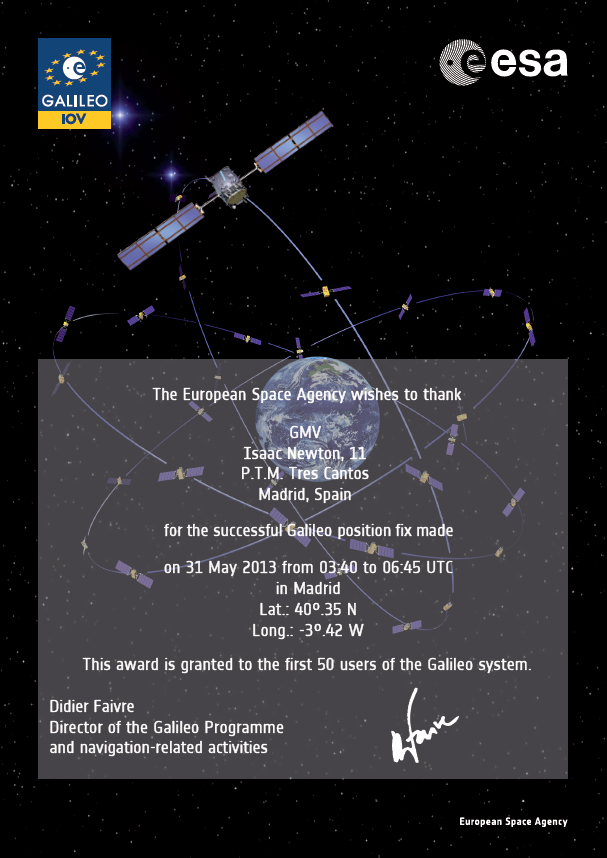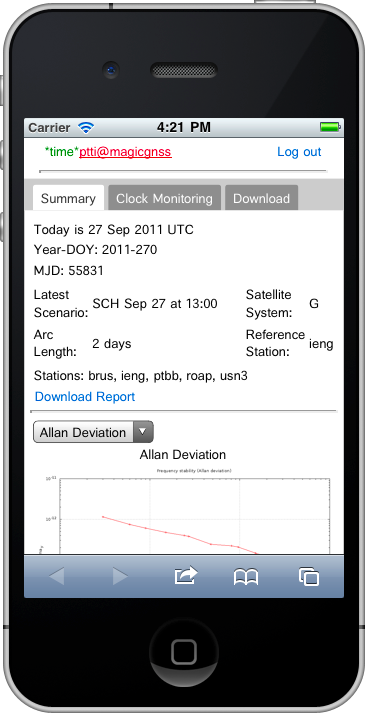magicGNSS’ Galileo-only PPP among the first 50 Galileo navigation fixes recognized by ESA
August 5th, 2014 by Guillermo TobíasOn May 31st 2013, magicGNSS team computed a 2-hour long Galileo-only batch PPP (the 4 IOVs disposition provided up to 3 hours of common view over Europe) for a TRIMBLE R10 receiver located at GMVs premises. The reference products used were computed by means of magicGNSS’ ODTS tool, based on the MGEX network (http://igs.org/mgex/) .
The obtained receiver coordinates were compared with the reference ones obtained by means of a GPS-only PPP using as reference products IGS final products. The positioning error was below 5 cm in all 3 components!
This Galileo-only PPP has been recently recognized by ESA as one of the first 50 Galileo navigation fixes.(http://www.esa.int/Our_Activities/Navigation/Pioneer_Galileo_navigation_fixes_recognised_by_ESA)







